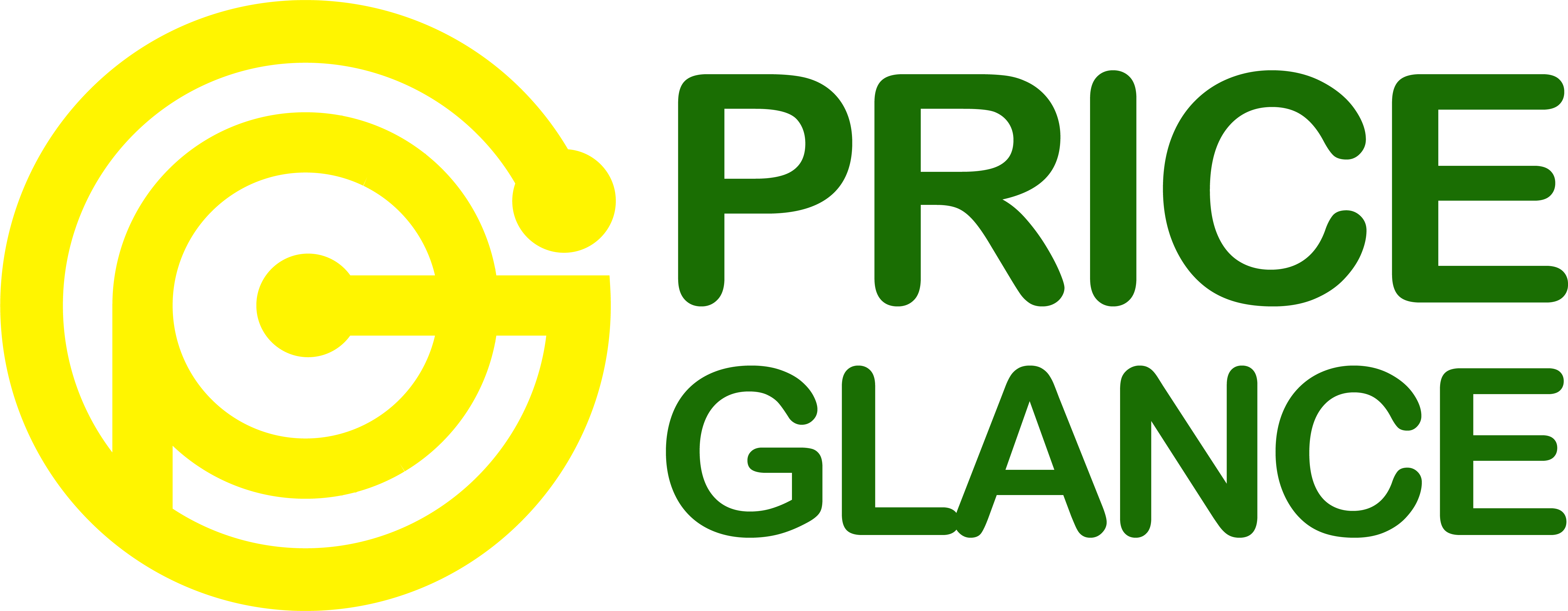
As the world of e-commerce expands rapidly, price comparison tools have become more than just a convenience for consumers—they are now essential assets for retailers looking to optimize their pricing strategies and stay ahead of the competition. By leveraging these tools, retailers can monitor market trends, analyze competitors’ pricing, and adjust their prices dynamically to attract more customers and maximize profit margins. This article explores how price comparison tools provide significant value for retailers, transforming the way they approach pricing and customer engagement.
1. Gaining Competitive Insights
One of the most significant advantages of using price comparison tools is the ability to gain real-time insights into competitor pricing. Retailers can monitor how competitors are pricing similar products, identify trends, and adjust their own prices to stay competitive. This ensures that they are not overpricing their products, which could lead to losing customers, or underpricing, which could reduce profitability.
For example, a retailer selling electronics can track the pricing of their competitors for the same or similar products. By using a price comparison tool, they can see how often competitors change their prices and respond accordingly. This allows the retailer to maintain an edge in a crowded market and make strategic decisions about their pricing structure.
2. Enhancing Profit Margins with Dynamic Pricing
Price comparison tools allow retailers to implement dynamic pricing strategies, where prices are adjusted automatically based on various factors such as demand, competitor pricing, and market conditions. By utilizing these tools, retailers can ensure that their prices are always optimized to maximize profit margins without sacrificing sales volume.
For instance, if a price comparison tool shows that a competitor has increased their price for a popular product, a retailer can respond by slightly adjusting their own price, remaining competitive while boosting profits. Dynamic pricing ensures that retailers don’t leave money on the table and are always positioned to respond to market shifts effectively.

3. Building Consumer Trust and Loyalty
Transparency is key in building trust with customers, and price comparison tools can play a vital role in fostering that trust. By offering competitive prices and being transparent about how prices compare to other retailers, businesses can build stronger relationships with their customers. This sense of trust encourages customer loyalty and can lead to repeat business.
For example, retailers who use price comparison tools to adjust their prices to remain competitive will be seen as offering fair pricing, which increases the likelihood of customers returning for future purchases. Additionally, being transparent with customers about why and how prices are set builds long-term credibility.
4. Improving Inventory Management
Price comparison tools can also aid retailers in managing their inventory more efficiently. By tracking competitors’ prices and demand patterns, retailers can predict when certain products are likely to sell quickly or when they might need to offer discounts to clear stock. This helps them avoid overstocking or understocking issues, leading to more efficient inventory management and higher profitability.
For instance, a retailer may notice through price comparison data that a specific product is priced lower at several competitors, signaling that demand might be dropping. They can adjust their inventory accordingly, either by reducing stock orders or offering a promotional discount to clear out current inventory.
5. Optimizing Marketing Campaigns
Price comparison tools don’t just provide data for adjusting prices—they can also help retailers fine-tune their marketing campaigns. Retailers can use the insights gained from these tools to target customers with timely promotions, discounts, and offers that reflect competitive pricing trends.
For example, if a retailer identifies that a competitor is running a sale on a specific product, they can launch a targeted marketing campaign that highlights their own competitive pricing, drawing attention to the value they offer. This strategic use of price comparison data can make marketing efforts more effective and increase customer acquisition.
6. Gaining a Competitive Edge in Niche Markets
For retailers operating in niche markets, price comparison tools can provide an even greater competitive advantage. Niche retailers often face unique pricing challenges due to smaller markets or specialized products. By using price comparison tools, these retailers can keep a close eye on competitors and respond quickly to changes in pricing, ensuring they remain competitive within their specific market segment.
A niche retailer selling handmade or specialty items can use price comparison tools to track competitors in their specific category, ensuring that their pricing remains attractive to their target audience. This can help them avoid being undercut by competitors while maintaining profitability.
7. Supporting Business Growth and Scalability
As businesses grow, managing pricing across multiple channels and products can become increasingly complex. Price comparison tools simplify this process by offering centralized data that can be used to adjust prices across various platforms and product lines. This scalability allows retailers to grow without being bogged down by the manual processes associated with pricing.
For example, a retailer with multiple online stores or listings on different marketplaces can use a price comparison tool to synchronize pricing across all platforms, ensuring consistency and competitiveness. This level of automation and control supports business growth and expansion, making it easier for retailers to scale efficiently.

Price comparison tools have evolved into indispensable resources for retailers. From gaining competitive insights and optimizing dynamic pricing to improving inventory management and fostering consumer trust, these tools offer numerous advantages that directly impact profitability and business success. By embracing the power of price comparison tools, retailers can stay competitive in an ever-changing market, maximize profits, and enhance customer satisfaction.
For any retailer looking to gain a competitive edge in today’s fast-paced e-commerce environment, implementing price comparison tools is no longer optional—it’s a strategic necessity.
